There can be your advertisement
300x150
8 Ways to Spend Less on Utilities
Learning to save electricity, water, and keep your family budget
Want to save money on utilities, especially in winter when electricity and heating bills rise rapidly? We've gathered several useful tips to help you spend less on light, heat, and water.
Use Energy-Saving Light Bulbs
In winter, you use artificial lighting more frequently and for longer periods. Replace all light bulbs in your home with energy-saving ones. They cost more than regular incandescent bulbs, but last much longer—up to eight years—and they save electricity.
Spot Lighting Instead of Chandeliers
Several spotlights use much less electricity than one chandelier. Plan the lighting in your rooms wisely, and install table lamps, wall sconces, and night lights in key areas of the room.

Install Multi-Tariff Meters
If you're rarely home during the day and mainly use electrical appliances between 11 PM and 7 AM, a multi-tariff meter is essential. It calculates the cost of electricity based on time of day. Night-time electricity costs 3–4 times less than daytime rates, so the savings are obvious.

Use Energy-Efficient Appliances
When choosing refrigerators, dishwashers, and other appliances, pay attention to their energy efficiency class. The most economical electric appliances that help avoid overconsumption are classified as Class A, A+, and A++.
Adjust Radiator Temperature
Install thermostatic heads on radiators to regulate the heat output based on the outside temperature. In winter, there are often warm spells, and it’s not necessary to heat the room unnecessarily. Lower the temperature by at least two degrees, and it will clearly impact your heating bills.
Try this life hack: place reflective foil behind radiators to direct heat into the room instead of toward cold walls.

Wash Clothes in Express Mode
To save both water and electricity, load the washing machine to maximum capacity and select the fastest program when possible. The same applies to dishwashers: don’t run them until they’re full. Doing so halves the water and electricity usage.
Install Induction Cooktops
Induction stoves are much more energy-efficient than regular electric stoves because they heat the cookware directly, not the stove top or surrounding air. You can boil two liters of water in just a few minutes without wasting heat.
If you have an electric stove, to save kilowatts, turn it off five minutes before finishing cooking. Always use pots and pans that match the size of your burners; otherwise, up to 50% of electricity is wasted.
It’s logical that the faster the cookware heats up, the less energy is used. Therefore, it's better to use glass or ceramic cookware instead of steel or cast iron.
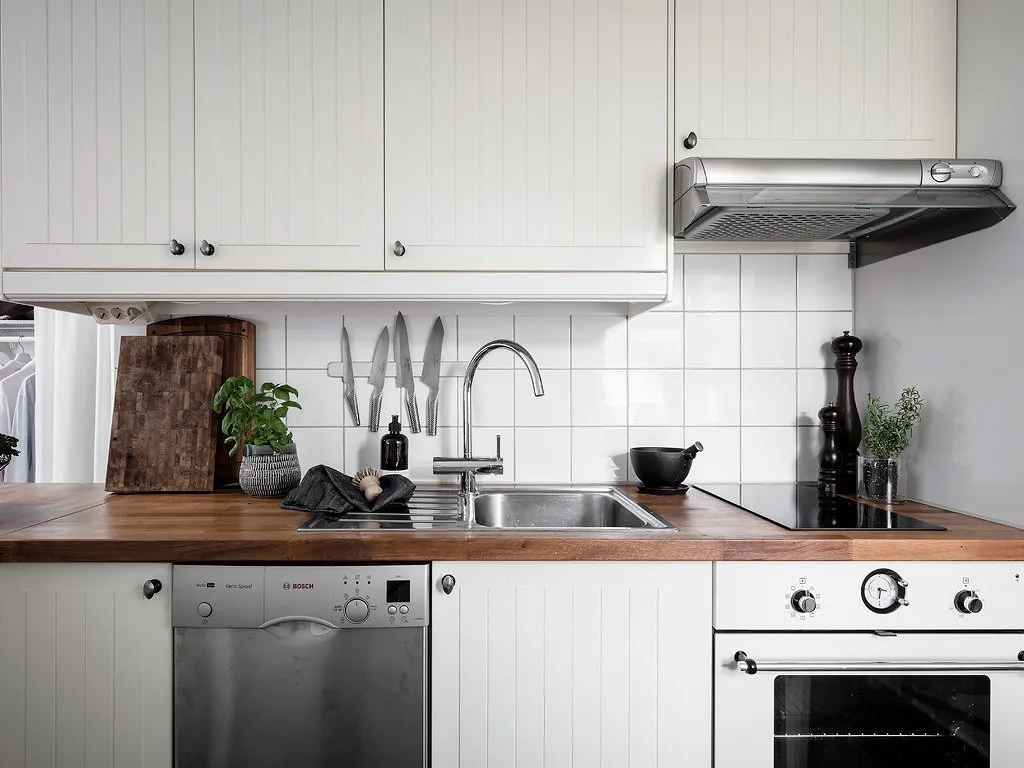
Prevent Heat Loss
Check your front door and windows for gaps. Even plastic double-glazed windows can lose their seal over time—the gaskets harden, and the mounting foam dries out. Find where drafts come through and seal the gaps with sealant or self-adhesive tape.
Get Ready for New Year: 5 Quick Repair Solutions
How to Change a Boring Interior in a Short Time and with Minimal Cost
More articles:
 Wardrobe or Closet: Which One to Choose?
Wardrobe or Closet: Which One to Choose?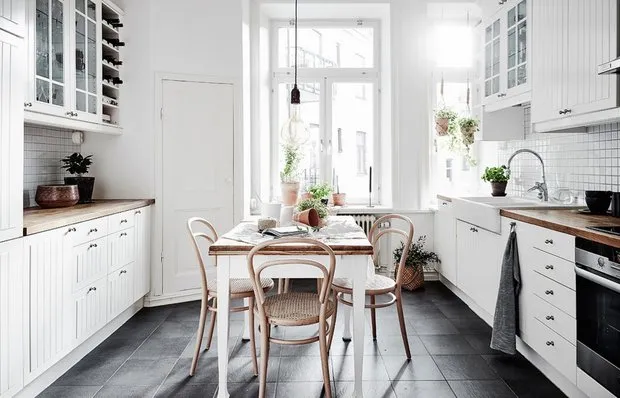 How Not to Ruin Your New Kitchen: 11 Pro Tips
How Not to Ruin Your New Kitchen: 11 Pro Tips How to Find Space for a Bedroom and Storage Systems in a Studio Apartment?
How to Find Space for a Bedroom and Storage Systems in a Studio Apartment?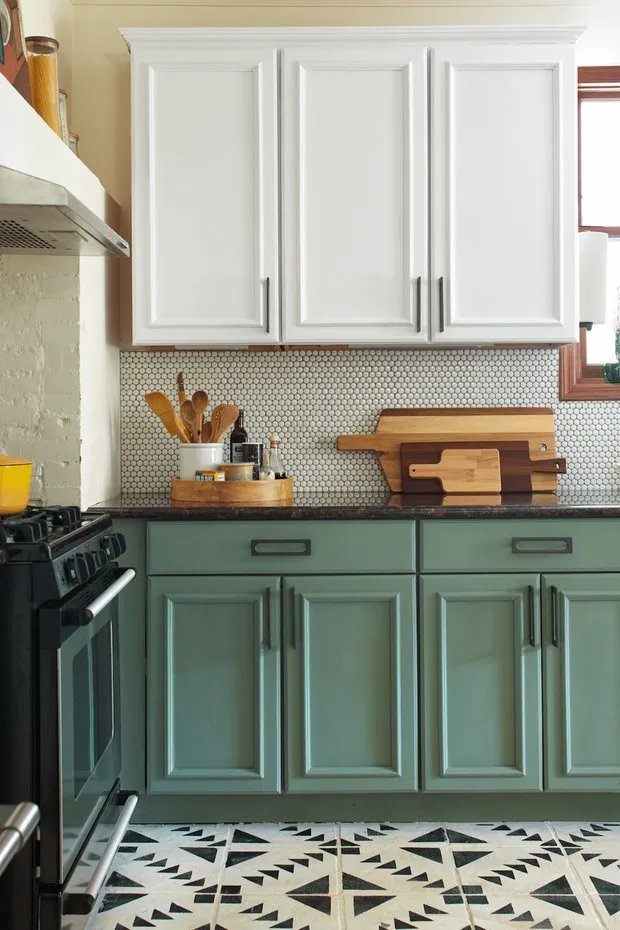 How to Paint Old Kitchen Cabinets Yourself?
How to Paint Old Kitchen Cabinets Yourself?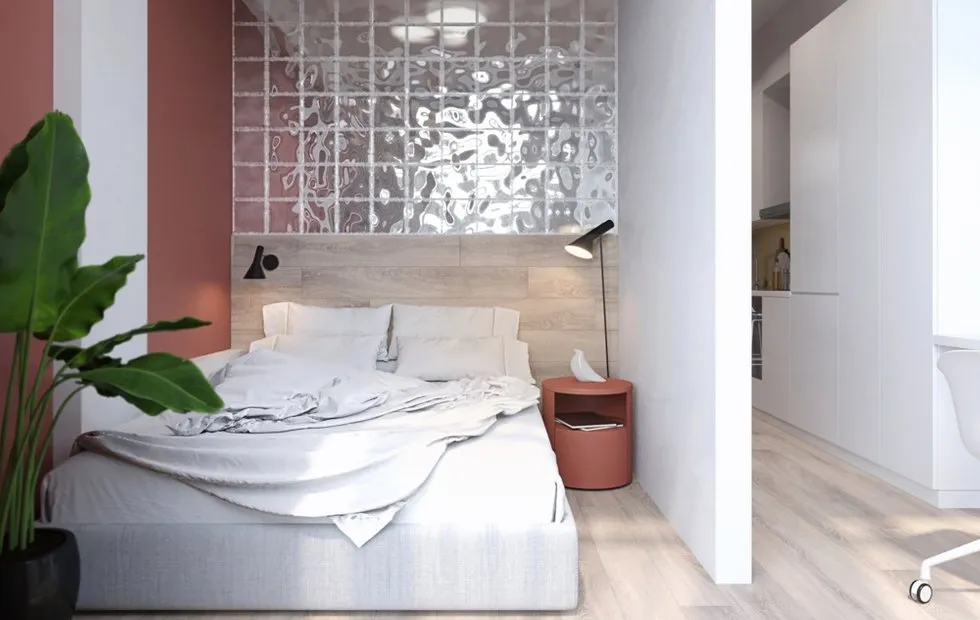 Smallest Apartments: 5 Studios from Our Projects
Smallest Apartments: 5 Studios from Our Projects 10 New IKEA Autumn Eco-Friendly Collection Items
10 New IKEA Autumn Eco-Friendly Collection Items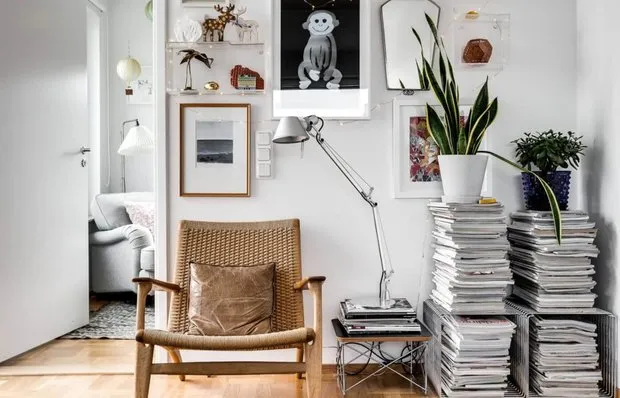 Entryway, Bathroom, Kitchen: The Dirtiest Places in the House and How to Save Them
Entryway, Bathroom, Kitchen: The Dirtiest Places in the House and How to Save Them How to Make a Stylish Interior: Principles of Cult Designers
How to Make a Stylish Interior: Principles of Cult Designers